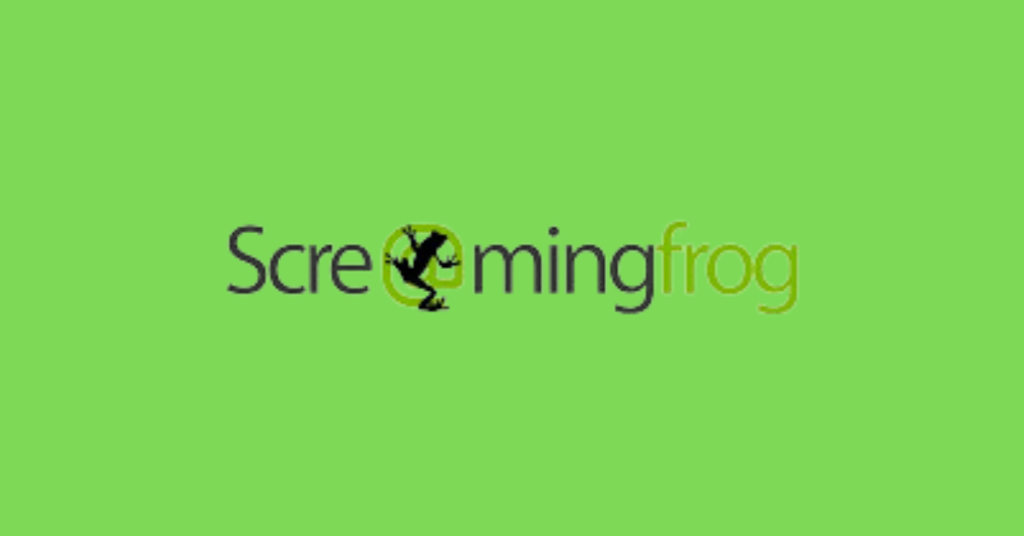While the term “A.I.” often conjures futuristic images, its influence has already permeated various aspects of our digital lives. The world of Search Engine Optimization (SEO) is no exception, and tools like Screaming Frog SEO Spider are evolving to incorporate intelligent features.
Screaming Frog: A Classic Workhorse
For many website owners and SEO professionals, Screaming Frog has become an indispensable tool. It functions primarily as a website crawler, mimicking how search engines explore and index webpages. This allows users to identify potential issues that could hinder a website’s visibility in search engine results.
However, Screaming Frog’s capabilities extend beyond basic crawling. It offers a comprehensive suite of features for technical SEO audits, including:
- Identifying broken links and redirects: This ensures your website remains navigable and avoids frustrating user experiences.
- Analyzing on-page elements: Page titles, meta descriptions, and heading tags are crucial for both search engines and users. Screaming Frog helps ensure these elements are optimized.
- Detecting mobile responsiveness: With the increasing dominance of mobile devices, ensuring your website is mobile-friendly is essential. Screaming Frog flags any potential mobile-friendliness issues.
Embracing the Age of AI
While not necessarily classified as a true “A.I.” tool, Screaming Frog is incorporating algorithmic improvements that enhance its functionality. These advancements include:
- Smarter crawling: The tool can now prioritize important website sections, crawl more efficiently, and handle complex website structures more effectively.
- Automated issue identification: Screaming Frog can automatically highlight critical SEO issues, saving users time spent sifting through data.
- Data visualization: Features like bar graphs and pie charts offer clearer insights into the website’s technical health.
Beyond Technical SEO: Potential Future Applications
While currently focused on technical SEO, Screaming Frog holds potential for further AI integration in the future. Here are some possibilities:
- Content optimization suggestions: AI could analyze a website’s content and recommend improvements based on keyword density, readability, and other factors.
- Competitive analysis with AI-powered insights: Going beyond basic data points, AI could offer deeper insights into competitor strategies and suggest specific areas for improvement.
- Predictive analytics: AI models could predict potential SEO issues before they arise, allowing for proactive website management.
Conclusion
Screaming Frog has established itself as a valuable tool for technical SEO audits. As artificial intelligence continues to evolve, we can expect the tool to integrate more sophisticated features, further empowering website owners and SEO professionals in their quest for search engine success. While AI isn’t replacing the fundamental task of website optimization, it’s certainly enhancing the way we approach and achieve it.




